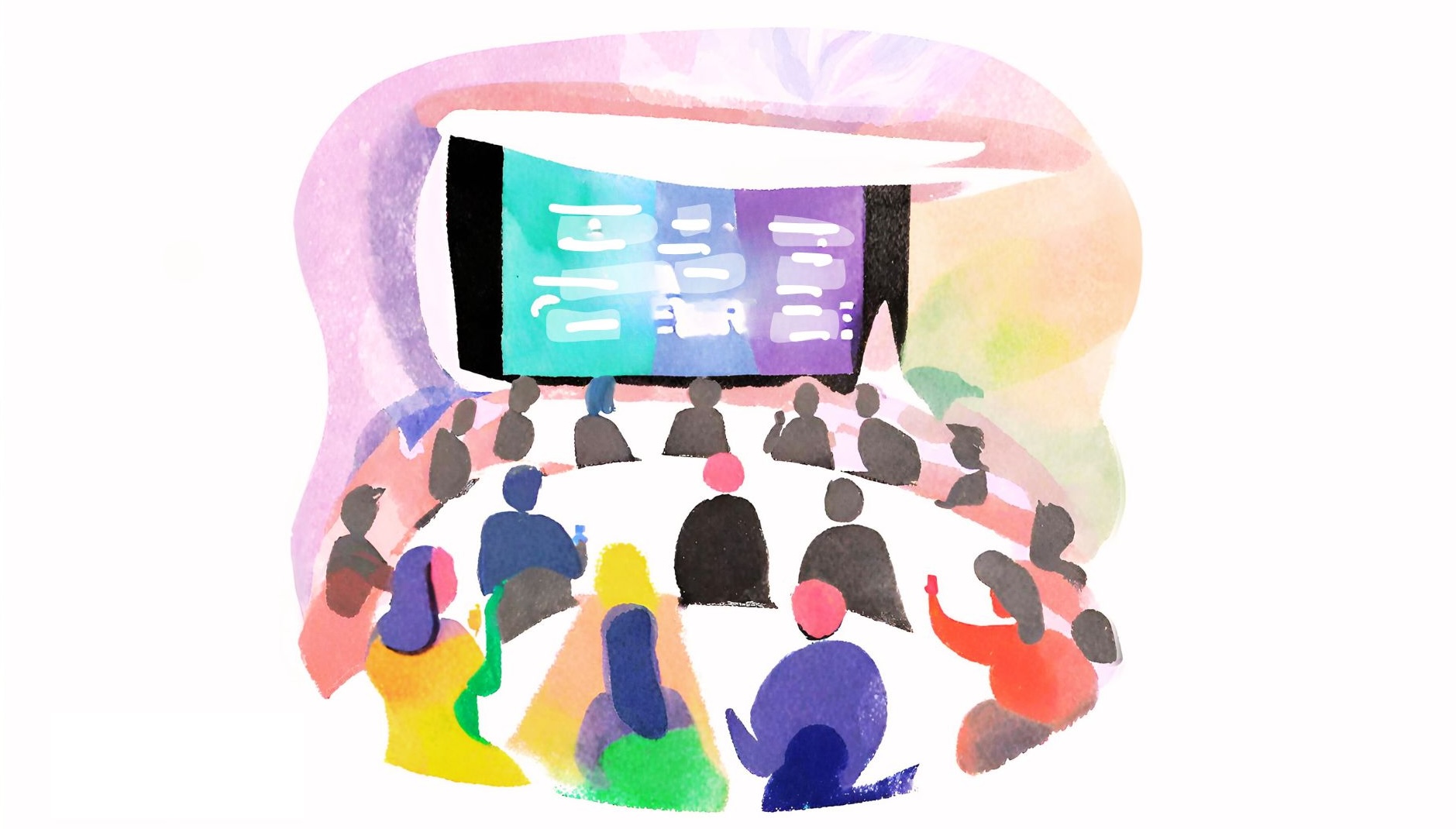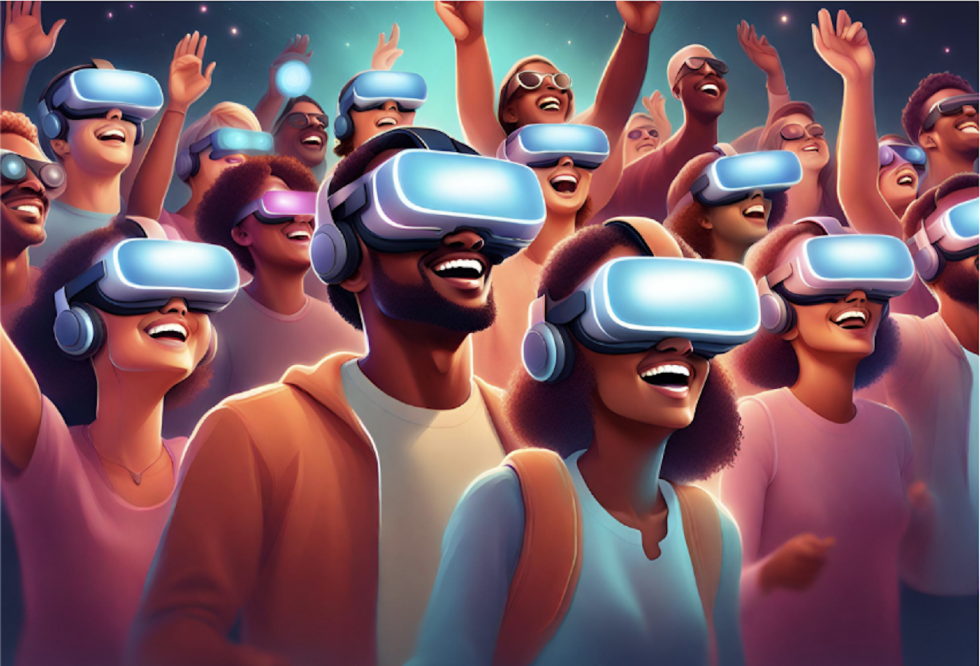The Pandemic’s Upside for Event Marketers

By Steve Hissam, Strategy Director [Header image credit: Canva]
The global pandemic upended the trillion-dollar global events industry as live events were forced into cancelation. With covid restrictions lifted, vaccines widely available and a collective desire to return to normalcy, the expectation is that live experiences will return to their pre-pandemic model. Of course Delta and other variants make the timing of any comeback difficult to predict.
But the pandemic provided a proving ground for marketers to establish a new playbook that overcomes the old stigma of inefficiency, and reframes experiential as a strategic growth driver whose performance impact can be effectively compared to other marketing channels.
Hybrid events, which extend live experiences into the digital sphere, not only offer marketers new ways to engage and connect with consumers, but also a more efficient way to measure the financial return on their experiential strategic objectives.
Hybrid events are not new. In fact the Centers for Disease Control is often cited as one of the first organizations to host a large-scale hybrid event in 2011. But the combination of online, offline and on-demand event components changes the way marketers can deliver live experiences with new metrics, deeper connections and extended reach.
Early hybrid event adopters in the sports marketing industry are producing live experiences with virtual integrations and virtual experiences with live integrations. For Super Bowl LV, the NFL enhanced the live game watching experience and connected fan communities through virtual watch parties and technology-enhanced viewing features such as exclusive camera angles and fan views. A video feed of virtual fans – the Fan Mosaic – was displayed at the stadium on LED screens, and broadcast live to create a richer viewing experience. The Fan Mosaic also appeared on LED screens at each end zone, allowing players and fans to connect and celebrate moments together.
The hybrid gameday experience not only created a deeper level of engagement for the NFL, but also changed fan expectations of sporting events in the future:
- 7 out of 10 Super Bowl LV viewers said the reimagined at-home viewing experience had a greater positive impact on their gameday experience than conventional social media.
- 4 out of 5 consumers want all in-person events they attend to include “exciting technology capabilities.”
- 50% are willing to pay more for these unique hybrid experiences.
But more importantly for marketers, the technology-enabled hybrid helps solve the ROI problem by offering new opportunities to quantify, measure and optimize the financial contribution of experiential investments.
New ways to connect and co-create
By sharing experiential assets such as preview sessions, photo and video highlights, infographics, quotes, memes and livestreams across social platforms, marketers can continue the conversation with attendees before and after the date of the actual event. Every time someone tweets, likes, comments or posts, shares or uploads content, measurable experiential value is created.
The benefits of VIP access, once accessible to a privileged few, can be extended and personalized to a broader audience via online communities such as virtual meetups, Slack channels, Facebook groups, TikTok chats, drop-in audio rooms and live-streaming access.
Stronger engagement
Integrating technology into live experiences offers marketers more functionality and value, and offers attendees the flexibility to connect either in-person or digitally or both. With interactive second screen technology, marketers can track more robust engagement analytics. Tech-driven engagement tactics include:
- chat bots to field questions, comments and other event inquiries
- real-time audience polls and Q&A sessions
- live event fan cams
- downloadable content via QR codes and augmented reality overlays
- virtual networking forums/breakout rooms
Data gleaned from social media profiles can help event marketers suggest personalized experience recommendations to attendees – from which presentations might be particularly useful for their career, to which artist might appeal to their musical taste.
Better attribution and ROI
In addition to digital engagement tactics, tech enables marketers to better serve their customers from registration to the end of the live experience and beyond. Wearable technology, such as smart tag badges and wristbands that use RFID technology, give attendees a more efficient “tap and go” experience and the benefits of contactless payment, reduced wait times, networking exchange and on-site navigation.
With data from smart tags, marketers can discover actionable insights into event performance and behavior of event attendees, and then sync that event activity data into a CRM system to create attendee profiles, inform personalized communication, and optimize future experiences.
Historically, the value of experiential marketing in creating emotional connections and strengthening brand relationships was backed by anecdotal evidence. Now experiential can prove its value as a vital business growth driver through attendee experience analytics, trackable statistics and more robust reporting.
Steve Hissam is a strategy director based in TMA’s Chicago hub.


